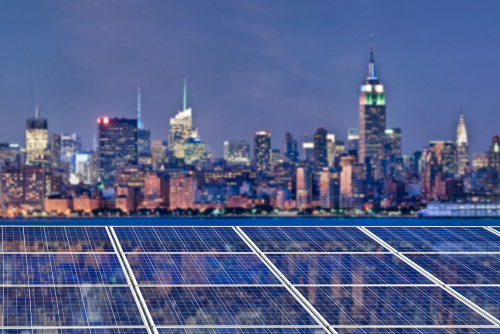New York ISO issues long-term system and resource outlook

The New York Independent System Operator (NYISO) issued a report identifying the amount of electrical system investment required to meet New York State’s long-term climate policy requirements.
NYISO’s 2021-2040 System & Resource Outlook, developed in collaboration with stakeholders and state agencies, examines several scenarios to find potential pathways for transmission and supply investments that will support the transition of the electric grid.
“The New York ISO remains committed to maintaining reliability as our grid transitions to a clean energy future,” Rich Dewey, president and CEO of the New York ISO, said. “The scale of new resource development needed to satisfy system reliability and policy requirements within the next 20 years is unprecedented.”
The report found that by 2030 an estimated 20 gigawatts (GW) of additional renewable generation must be in-service to support the energy policy target of 70 percent renewable generation. And by 2040, between 111-124 GW of total generating capacity will be needed to support the CLCPA mandate of an emissions-free grid. New York currently has approximately 37 GW of generating capacity — with 12.9 GW of new generation developed since wholesale electricity markets began more than 20 years ago in 1999. The report said that extensive transmission investment will be necessary to deliver renewable energy and address new constraints that appear across the electric system.
In addition, the electrification of buildings and transportation required by state policies will rapidly increase peak and annual energy demand. Also, as more wind, solar, and storage plants are added to the grid, Dispatchable Emission-Free Resources (DEFRs) must be added to the system at scale to serve demand when intermittent generation is unavailable. The lead time necessary for developing DEFR supply will require action well in advance of 2040. It also found that fossil generation will likely need to be retained past the 2040 mandates to keep the system reliable if DEFR technology is not in operation. The installation rate in the next 20 years must increase significantly to achieve state law climate change requirements.
“This new report was necessary to rethink how and where electric supply resources must evolve, and how to efficiently enable their integration to achieve energy policy targets,” Zach Smith, vice president of system and resource planning at NYISO, said. “The opportunities and challenges before us demand new approaches to grid planning. The Outlook will be critical to assessing needs and opportunities of the system going forward.”
